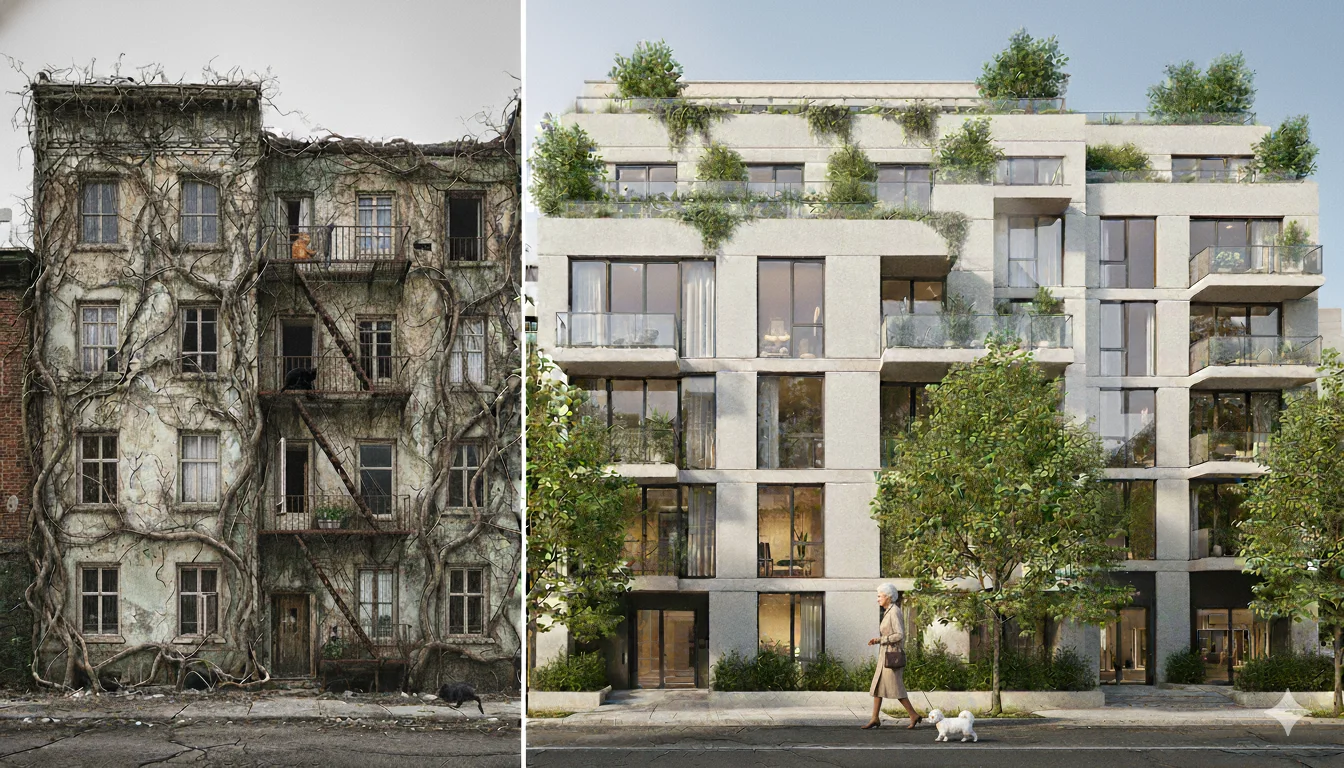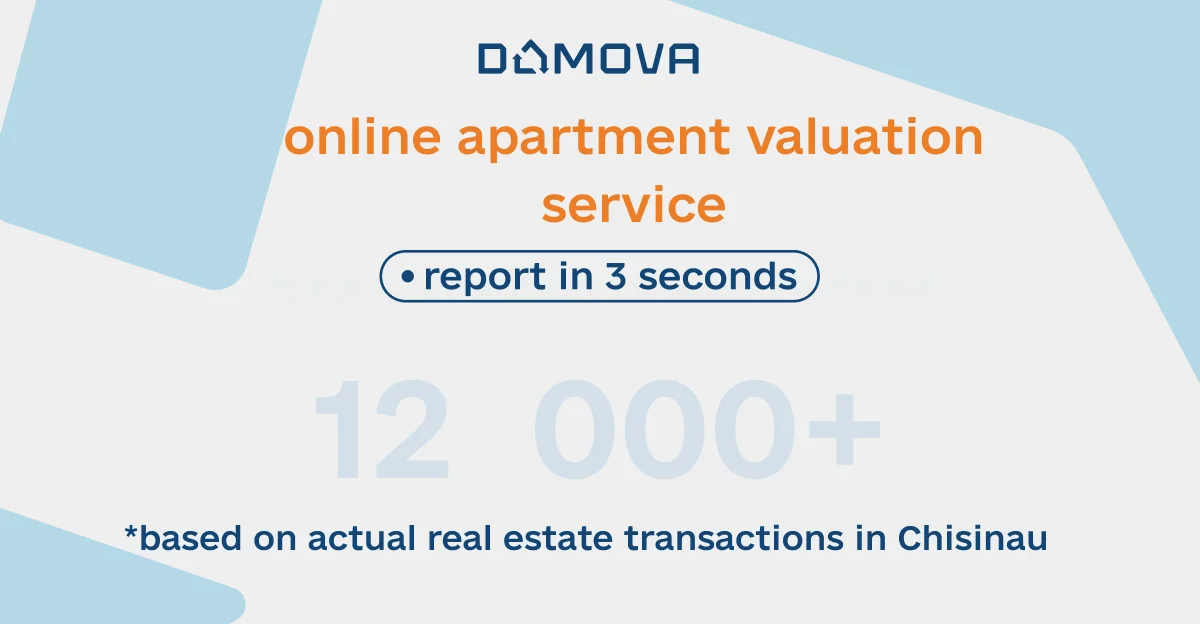Ukrainian Construction and Investment Congress: key real estate market trends in 2025
The Ukrainian real estate market is adapting to new challenges: demand for ready-to-move-in housing is growing, income-generating real estate is developing, and architectural approaches and demand geography are shifting. Key takeaways from the Ukrainian Construction and Investment Congress 2025 in our latest article.
On March 6, 2025, Kyiv hosted the Ukrainian Construction and Investment Congress, where key challenges and opportunities for Ukraine’s real estate market were discussed. The panel discussion, “Real estate investment: market reset after the war and new housing formats,” brought together leading developers and investors to outline the main trends.
Demand for quick move-in and ready housing
“In recent years, Ukrainians have realized the importance of living in the present rather than postponing life for tomorrow. As a result, the main trend is that people are purchasing housing to move in as soon as possible. The market has revived, sales are increasing, and people continue to invest and buy,” noted Mark Marchenko (SENSAR Development).
This trend also influences investors, who are no longer willing to wait for extended project implementation timelines. “Investors now expect a return within two years,” added Dmytro Struk (Kreator-Bud).
Income-generating real estate and new formats
Not only residential apartments for personal use remain in demand, but also investments in profitable real estate. “Trends include income-generating real estate, hotel formats, and low-rise construction,” emphasized panel participants.
Dmytro Struk also pointed out the growing demand for compact apartments: “The income real estate sector is developing, and demand for small-sized apartments is increasing.”
Changes in architectural solutions
Construction is adapting to new conditions. “Profit margins have been reduced, low-rise buildings are being constructed in Kyiv (9, 12, and 4 stories), and new buildings are incorporating reinforced safety rooms made of monolithic concrete,” explained Struk.
The quality of project solutions has improved significantly. “In development, the approach of ‘we’ll figure it out later’ has disappeared—previously, developers would build space and later decide how to utilize it. Now, project quality has increased, not only from an aesthetic standpoint but also in terms of economic feasibility,” emphasized Andriy Vavrysh (SAGA Development).
Geographic distribution of demand
The market situation varies across regions:
- Kyiv – demand is growing, with an increase in sales compared to the past two years;
- Eastern Ukraine – activity has declined due to security risks;
- Odesa – a complex situation, but with the potential for seasonal growth: “Odesa’s real estate market follows a seasonal pattern, with activity increasing closer to the summer season,” noted Oleksandra Koval (Zezman Holding);
- Uzhhorod – demand for real estate remains, though not as high as in previous years. While investors previously actively invested in properties at the construction stage, they now prefer completed properties.
Foreign investors and market confidence
“Ukrainians currently living abroad are purchasing real estate, but not at the foundation stage—they are opting for move-in-ready housing. This brings significant optimism and hope that people will return from abroad,” stated Oleksandra Koval (Zezman Holding).
Conclusions: market transformation and development prospects
Ukraine’s real estate market is demonstrating adaptability and resilience in the face of new challenges. The main trends indicate a shift in strategies among developers and investors:
- The demand for quick move-in options is driving the development of ready housing, while long construction cycles are becoming less attractive. Developers are shifting towards shorter project timelines and more predictable business models.
- Income-generating real estate continues to develop, particularly in low-rise construction, apart-hotels, and rental housing formats.
- Security solutions have become an essential component of new projects, affecting both construction technologies and overall developer costs.
- The geographic distribution of demand has changed: Kyiv and the Kyiv region remain the market’s driving force, western regions are stabilizing, while interest in eastern cities remains low due to security concerns.
Overall, key market players conclude that real estate in Ukraine remains an attractive investment instrument, even amid economic uncertainty. At the same time, the market is maturing: risk tolerance is decreasing, and priority is given to projects with clear economic models and predictable implementation timelines.
In the long run, the future of the sector will be determined by security conditions, urban planning policies, and the pace of economic recovery.
Last News
Ukraine’s housing deficit has reached a historic scale — millions of apartments lost, and new construction covers less than 1 % of needs. Yet within this crisis lies opportunity: old buildings can become a new foundation for recovery through collective action and investment.
We’re executing the Seeds of Bravery grant and have received the Seal of Excellence. This post shares product progress and the impact on scaling.
In September, DOMOVA introduced a free online apartment valuation service in Chișinău. The algorithm, based on 12,000+ transactions, generates a report in 3 seconds with ±5% accuracy, helping homeowners understand the true market value of their property.


